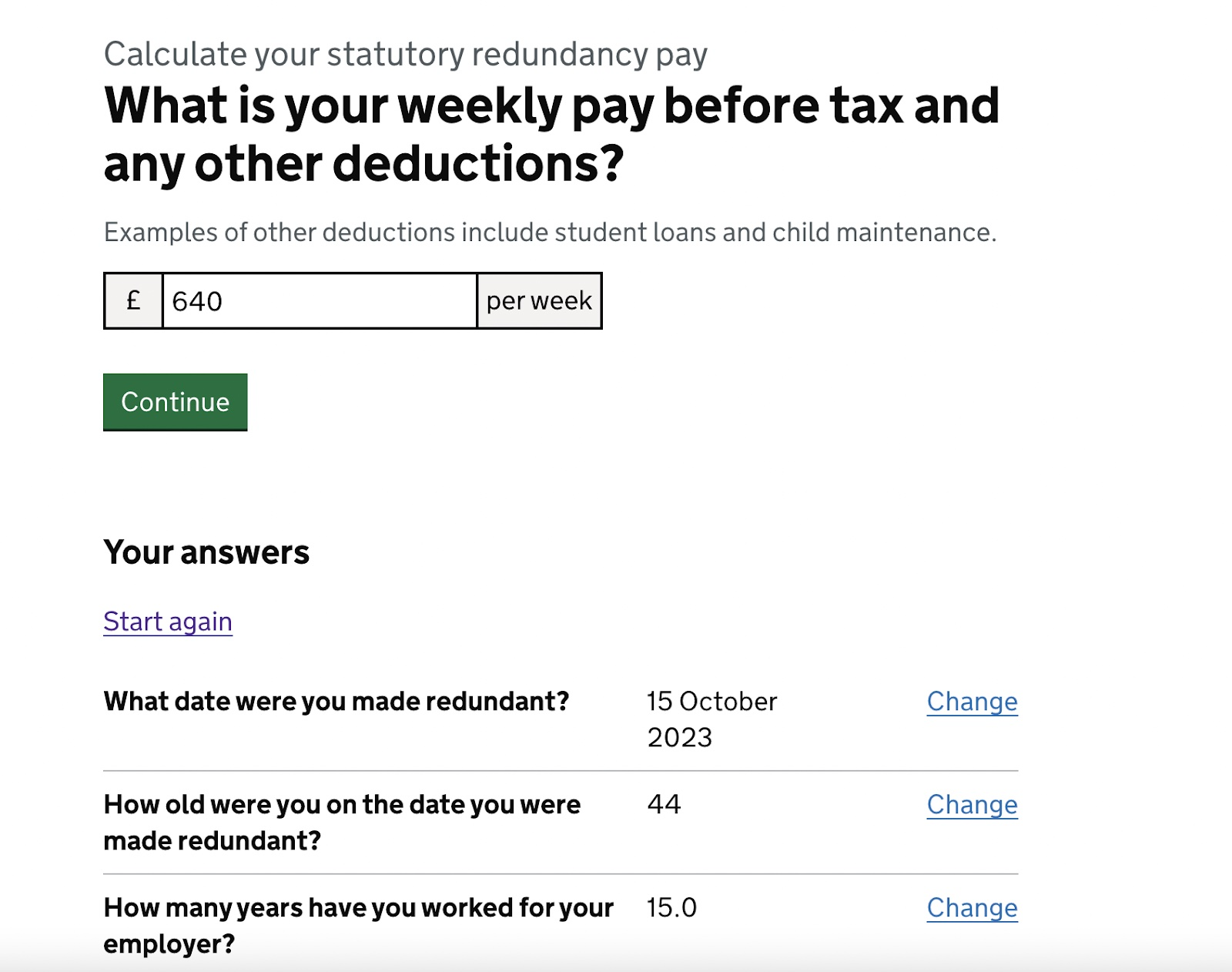Discussed: If a Company Goes Bust Who Pays Redundancy in the UK?
Wiki Article
Checking Out the Operational Dynamics of Business Redundancy and Its Long-Term Sustainability

Redundancy Techniques for Business Continuity
In order to make certain undisturbed operations, businesses have to implement efficient redundancy methods for service continuity. Redundancy in this context refers to the duplication of critical components or functions within a system to minimize the effect of potential failures. By including redundancy methods, organizations can improve their durability versus disturbances brought on by various aspects such as all-natural calamities, equipment failures, or cyber-attacks.
One common redundancy method is the execution of backup systems and information storage space remedies. This entails creating matches of necessary data and systems that can be turned on in situation of a main system failure. In addition, companies can establish redundant interaction networks and source of power to maintain connectivity and procedures during unexpected events.
Moreover, cross-training employees to do several roles within the firm can act as a beneficial redundancy approach. This makes certain that important tasks can still be lugged out also if essential workers are not available because of illness or various other factors. On the whole, effective redundancy approaches are necessary for businesses to maintain functional connection and minimize the effect of prospective disruptions.
Impact of Redundancy on Organizational Durability
Given the critical role redundancy approaches play in making sure company continuity, discovering the effect of redundancy on organizational strength ends up being essential for comprehending the holistic functional dynamics of a firm. Business resilience describes an entity's ability to adapt to disturbances, recover from troubles, and change when required while keeping core features. Redundancy, when strategically implemented, can dramatically add to improving an organization's strength despite unanticipated challenges. By having backup systems, personnel, or procedures in location, business can much better endure shocks and continue procedures with marginal interruption.Moreover, redundancy can boost worker spirits and confidence, understanding that there are backup strategies in position to attend to unexpected situations. This complacency can result in raised productivity and a more positive job setting. In addition, redundancy can cultivate development and creative thinking within an organization as workers really feel empowered to take calculated dangers, knowing that there is a safety and security web to support them in instance of failure. On the whole, the influence of redundancy on organizational resilience is profound, shaping the long-term sustainability and success of a company.
Stabilizing Effectiveness and Versatility in Redundancy
Attaining browse around this web-site an unified balance in between functional efficiency and flexible versatility is a pivotal difficulty in view it now the tactical implementation of redundancy within companies. Effective operations are important for keeping performance and cost-effectiveness, making sure that sources are used ideally. Nonetheless, excessive emphasis on performance alone can lead to rigidness, making it difficult for organizations to adjust to unexpected changes or difficulties. On the various other hand, versatility allows organizations to respond nimbly to progressing circumstances, cultivating advancement and durability. Yet, way too much flexibility without a strong operational foundation can cause ineffectiveness and variance.To stabilize effectiveness and adaptability in redundancy planning, companies should carefully evaluate their functional requirements, market dynamics, and tactical goals. Eventually, locating the best equilibrium in between efficiency and adaptability is important for constructing a resistant and sustainable company in the face of unpredictability.
Long-Term Sustainability With Redundancy Preparation
To guarantee enduring stability and security, organizations need to purposefully straighten their redundancy preparation with lasting sustainability goals, thereby balancing functional efficiency with adaptive visit this site right here adaptability. Firms need to see redundancy not as a reactive service to immediate problems however as a proactive approach for long-term success.
Positive Procedures for Lasting Business Workflow
Exactly how can companies proactively boost their functional sustainability for long-lasting success? Implementing positive actions is crucial for firms intending to ensure sustainable procedures. One vital technique is to spend in technology and technology to streamline processes, decrease waste, and remain competitive in the marketplace. Taking on sustainable techniques such as decreasing energy consumption, minimizing carbon impact, and optimizing resource utilization can not only profit the atmosphere yet also result in cost savings in the lengthy run.In addition, fostering a culture of continual improvement and learning within the company can boost adaptability to changing market conditions and client needs. Urging employee involvement in decision-making procedures and supplying possibilities for expert growth can improve morale, performance, and general performance. Establishing clear objectives, checking essential efficiency indicators, and on a regular basis assessing progress are vital components of positive sustainability administration.
Teaming up with distributors, consumers, and various other stakeholders to advertise sustainable methods throughout the supply chain can produce a causal sequence of favorable impact - redundancy pay if company goes bust. By taking positive steps in the direction of operational sustainability, business can construct strength, drive development, and safeguard their long-lasting success in an ever-evolving company landscape
Final Thought

In the world of business monitoring, the tactical deployment of business redundancy stands as an essential yet elaborate practice that demands a fragile balance between functional performance and long-term practicality. By exploring the operational characteristics that underpin firm redundancy and assessing its wider implications for organizational resilience and adaptability, a nuanced understanding of exactly how redundancy strategies can form the future trajectory of a firm starts to unravel.Offered the critical function redundancy strategies play in ensuring company continuity, discovering the influence of redundancy on organizational resilience ends up being crucial for comprehending the holistic functional characteristics of a firm. On the whole, the influence of redundancy on business strength is extensive, shaping the long-lasting sustainability and success of a company.
In conclusion, recognizing the operational dynamics of firm redundancy is critical for guaranteeing lasting sustainability.
Report this wiki page